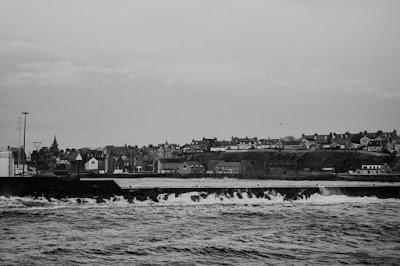Importance Of Submarine Cable Installation & Fiber Optic Network Design
Fiber optic submarine cable networks have come to be an important infrastructure to fulfill today’s insatiable demand for bandwidth and hyperconnectivity. It’s smooth to imagine the entire world’s data zooming around above us among satellites in space, however, in fact, 99% of international data traffic is ripping across the ocean floor! With submarine cable networks in charge of carrying the maximum of the world’s virtual communications, failure isn't an option. Those in the subsea business recognize how important it's far to be able to test and monitor subsea network quality —specifically with solutions that can function remotely.
Submarine cables are made of up of two key components: an optical fiber that carries the data and a conductive material that transmits the current used to feed the optical amplifiers positioned along the subsea cable. Additionally, to guard and protect them against water and corrosion, cables are coated with several layers of protective materials.
Fiber Optic Network Design is a relatively new technology that is rapidly evolving and is an increasing number of users when it comes to design network installations within the domestic or small business. While fiber connections aren’t broadly available but, the ability of community speed and reliability make it a strong competitor. Since the system is basically exclusive from other internet networks, there will be some new pieces of equipment you’ll need to set up a fiber-optic connection.
First, we have to highlight that the reliability requirements of terrestrial and subsea cables are hugely specific. Subsea cables are always designed for an expected lifetime of 25 years, with excessive margins of protection for all components. Terrestrial cable requirements are a lot less stringent. Each terrestrial and submarine networks use similar technology, like optical fiber and erbium-doped fiber amplifiers, however laying new submarine cable networks is several times more costly and lengthier than terrestrial deployments. Troubleshooting, repairing and upgrading them are likewise complicated and highly-priced–working a cable ship runs in the hundreds of thousands of dollars per day. Subsea community reliability turns into critical when you recognize that fixing faults can take weeks. This is due to the restrained quantity of properly equipped ships worldwide, the time it takes to reach the fault location via sea, among others. In contrast, terrestrial networks can regularly be repaired in a matter of hours or days.

Because of the fundamental infrastructure for international telecommunications, Submarine Cable Installation Companies generally carry extra facts than terrestrial fiber. Tracking and checking those fibers is vital —and monitoring them remotely is key too. What’s more, with the ever-growing demand for bandwidth, preventing outages and making sure reliability, overall performance and bandwidth availability are paramount for those in this business.
Submarine cable systems have long been vital to the internet, for the reason that about 90%+ of all internet traffic touches one. However, the aggregate of dominant tech developments and net demographics has amped up data traffic to new levels. In truth, projected traffic flows are actually so massive that the largest cloud and content delivery companies know something unsettling once they review existing plans to expand network capacity.


Comments
Post a Comment